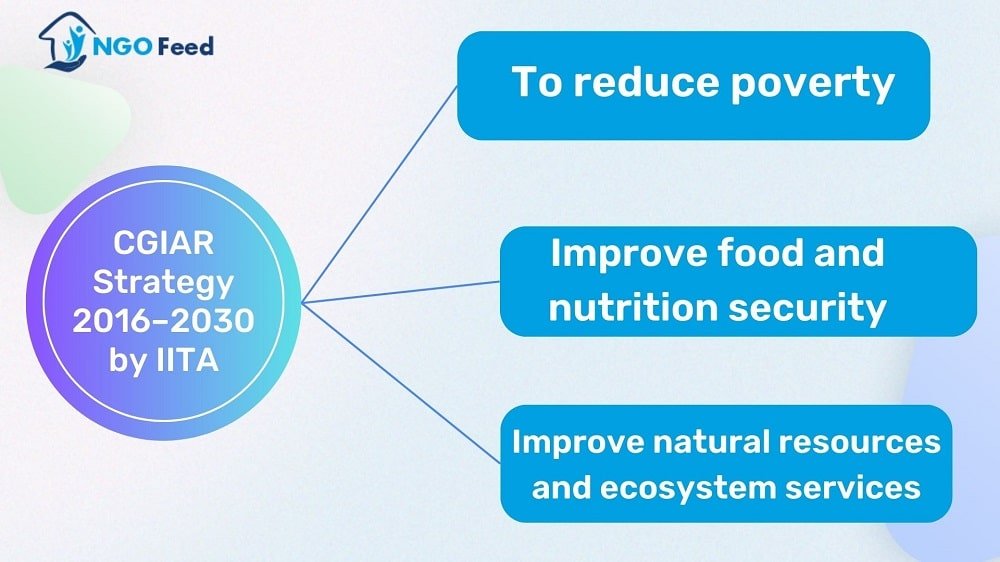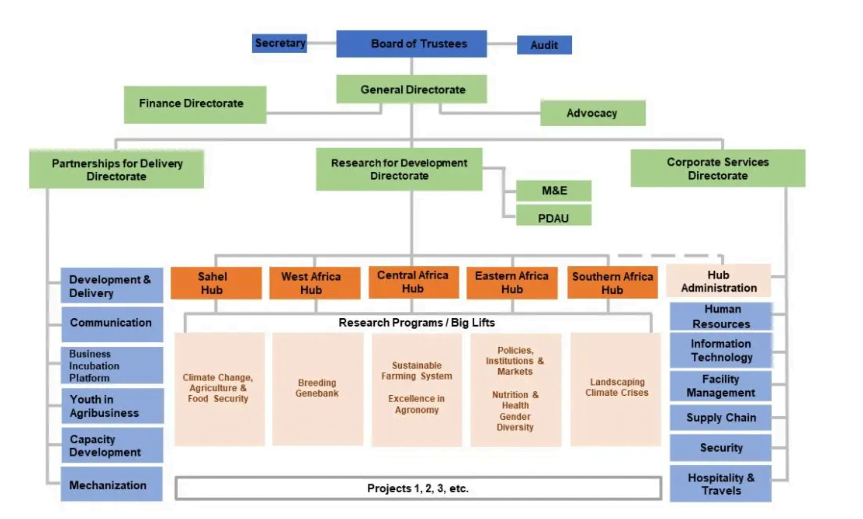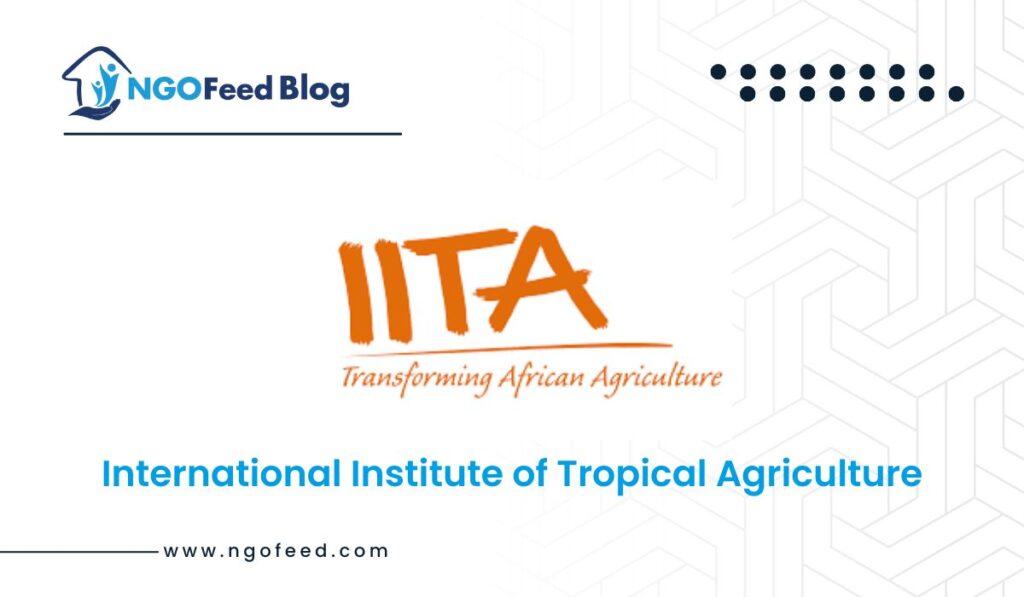IITA Full Form: International Institute of Tropical Agriculture (IITA), develops agricultural technologies to tackle some of Africa’s most serious problems, including hunger, malnutrition, poverty, and resource degradation. Collaborating with a range of partners. In sub-Saharan Africa, we increase food and nutrition security, boost livelihoods, and promote employment while maintaining the integrity of natural resources. IITA’s research-for-development (R4D) programme focuses on tropical countries’ development requirements. The institute was founded in 1967, headquartered in Ibadan, Nigeria, and has other research units distributed around Africa.
IITA Overview
This section briefly overviews the International Institute of Tropical Agriculture (IITA). Let’s have a look.
| IITA | International Institute of Tropical Agriculture |
| Headquarters | Ibadan, Oyo State, Nigeria |
| Formation | 1967 |
| Managing Director | Nteranya Sanginga |
| Method | Social science research |
| Website | www.iita.org |
| Official languages | English |
IITA History
IITA is a renowned research-for-development (R4D) organisation that offers solutions to Africa’s problems with hunger, poverty, and the depletion of natural resources. Since 1967, IITA has collaborated with international and domestic partners to strengthen food and nutrition security, create more jobs, protect the integrity of natural resources, and improve livelihoods.
IITA is led by an ambitious strategy to rejuvenate 7.5 million hectares of farmland and pull 11.5 million people out of poverty by 2020. IITA is involved in various CGIAR Research Programs as one of the 15 research institutes in the CGIAR, worldwide cooperation for a future with access to food (CRPs).
IITA has contributed over 70% of the CGIAR’s effect in sub-Saharan Africa. It is still dedicated to advancing agricultural and related food value chains through science.
Focus Work Areas
There are Four crucial work Areas on which IITA is Focused:
- Biotechnology and Genetic Improvement
- Natural Resource Management
- Social Science and Agribusiness
- Plant Production and Plant Health
The top brains from all around the world have been drawn to IITA’s R4D programmes. IITA training and research initiatives have benefited thousands of scientists and professionals, who now continue to gain from the information they have shared with others.
Functions
IITA works in a variety of fields. Listed below are some areas where it frequently contributes to societal well-being.
- IITA works to combat poverty and the high rate of youth unemployment in sub-Saharan Africa.
- IITA started a Youth Agripreneurs programme to encourage young people to pursue agriculture and agribusiness careers and create jobs.
- The programme is incorporated within the IITA’s Business Incubation Platform (BIP), which acts as a model to encourage product development and open up new market prospects.
Read also:
CGIAR Strategy 2016–2030 by IITA
The CGIAR has three objectives: System Level Outcomes (SLOs). These are their names:

Sustainable Development Goals (SDGs) of IITA
The goals make a significant contribution to the Sustainable Development Goals (SDGs), which aim to:
| No poverty | Clean water and sanitation |
| Zero hunger | Climate action |
| Good health and well-being | Life on land |
| Gender equality |
IITA Organogram

Read also:
IITA Research Priorities
Our research priorities come under our overall research themes and include:
| Strengthening seed sector | Developing improved varieties, agronomy, crop protection |
| Supporting sustainable agro-input supply and use | Establishing sustainable intensification/diversification |
| Strengthening national agricultural research and extension systems | Linking farmers to markets |
| Scaling models – public-private partnerships | Mechanization, post-harvest and processing |
| Engaging youth in agriculture | Establishing the importance of gender and youth |
| Developing safe and nutritious food |
Conclusion
In conclusion, the International Institute of Tropical Agriculture (IITA) has been tirelessly working since its establishment in 1967 to tackle Africa’s pressing issues of hunger, poverty, and resource depletion. Through collaborative efforts and research-for-development programs, IITA focuses on key areas such as biotechnology, natural resource management, social science, and plant production. With a commitment to sustainable development goals, IITA strives to uplift communities, empower youth, and ensure food security while preserving natural resources. Together, we are making strides towards a brighter, more prosperous future for Africa.
Frequently Asked Questions (FAQs)
What is the Full Form of IITA?
The Full Form of IITA is the International Institute of Tropical Agriculture.
When IITA is formed?
It was formed in 1967.
What is the mission of IITA?
To provide a premier research alliance that enables agricultural remedies for malnutrition, illiteracy, and the deterioration of natural resources in sub-Saharan Africa.
What is the Vision of IITA?
The primary research collaborator promotes agricultural responses to tropical hunger and poverty.
Read also:

